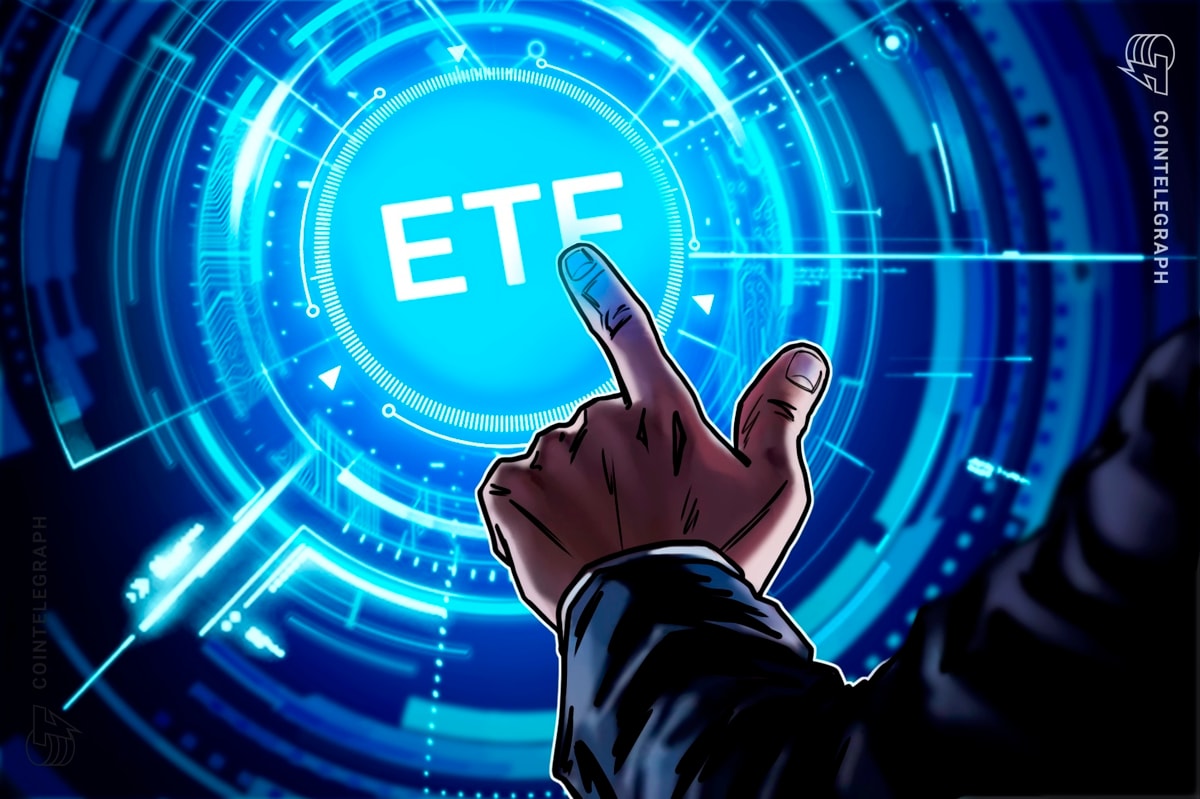
A new paper on blockchain technology has been released by the head of interest rate and credit models at Banca IMI, an investment banking and capital markets subsidiary of Intesa Sanpaolo. The paper highlights “real business cases” for the technology, arguing that financial services need to be reformed and not simply improved.
There has been some misunderstanding at the root of the debate around digital currencies and finance: the idea that digital currencies are based on a new “technology” that can be applied to financial markets as they are.
Massimo Morini, who penned the paper, “From ‘Blockchain hype’ to a real business case for Financial Markets” recently spoke to Bitcoin Magazine and said that things are different.
“Digital currencies have displayed a radically new business model for transactions, where the use of cryptography and a single distributed ledger makes many passages in the process less reliant on trust in the counterparty,” he said. “The same is true for the logic of smart or automated contracts that many people in finance are investigating.”
It is only by making the business process less reliant on trust that banks can fruitfully exploit the lessons surrounding digital currencies. In the debate around digital currencies and finance, the concept of trust is typically used in a black-and-white sense: a totally trustless model vs. a model based on absolute trust. However, Morini adds that this is another mistake to avoid.
“This is not real. Different business models involve different levels of trust other than zero or full trust,” he said. “The financial industry does not need to remove trust as much as Bitcoin, since the financial players are identifiable off-chain and are usually already committed in the market, within a precise legal framework.”
They could, Morini added, benefit from removing trust from many passages of their business model, which is still based on the “consensus-by-reconciliation” approach.
In the “consensus-by-reconciliation” business model, many aspects of a deal, especially in the derivatives market, are left to the individual interpretation of a paper contract with every player giving a private representation in its private ledger with no shared source of authority. As a consequence, uncertainty dominates and litigations are possible, which can lead to legal troubles and unexpected losses. This increases risk and capital requirements with a bottleneck effect as it requires frequent reconciliation steps.
Morini says, though, that there is a way that blockchains can solve these problems within the financial industry.
“An initial validation through a consensus algorithm, a single authoritative representation on a distributed ledger and the enforcement of atomic consensus through smart contracts would do away with many of the problems, making the market more transparent, safe and efficient,” he said.
But introducing a single distributed ledger or a smart contract into the financial industry is not an easy transformation not simply because of the technical issues like scalability and privacy; the evolution of the market has to be taken into account, too. For example, Morini explains that changing contracts, accounting standards and regulations need to follow the market evolution. He is optimistic, though, that changes will eventually take place.
“We talk of changes allowing more transparency and safety, so I expect they will come, but it may take a while for the market players to understand and implement them,” he said. “This regards regulators, bodies that define market standards and the banks themselves.”
Introducing bilateral smart contract consensus on a distributed ledger within the financial industry would have a significant impact; however, non-collateralized derivatives would not benefit so much from consensus on a bilateral portfolio, as the risk of double spending and default would still be high, says Morini.
“Under an up-to-standard collateral agreement the resources to run a deal can become part of the deal itself,” he said. “More certainty and determinism via a shared ledger, with smart contracts managing a deal-common valuation can cut risks and costs to a fraction compared to the current standard.”
In order for banks to reform themselves to implement the blockchain technology, Morini says that they need to change their ways.
“Banks need to be ready to move from traditional privacy on their valuation and reporting approaches to a new system where at least the parties of a deal accept to share some of the accounting and to automate, at least in part, the enforcement of consensus.”
Since its introduction, blockchain technology has been growing at an exponential rate and is predicted to continue improving on its technology in the future. Recently, Morini co-organized the QuanTech Conference where he saw two demonstrations of blockchain services targeted toward financial contracts. One demo was based on R3’s Corda distributed ledger platform incorporating smart contract templates. The second was based on the Decentralized Clearing Network by Robert Sams’ Clearmatics, including valuation provided by open source financial software company OpenGamma.
“Both were just demos,” said Morini. “But they were inconceivable a few months ago.”
Despite the fact that fully replicated distributed databases can be found dating back to the early ‘90s, banks have yet to introduce a distributed ledger. In fact that transforming a fully replicated and distributed database into an automatized marketplace and as an authoritative ledger was not a trivial conceptual step. Bitcoin was created in a free anonymous market, and the “success of this was the necessary stimulus to understand the effectiveness of a single ledger, an automated business logic, and a clever use of cryptography,” said Morini.
“Consider that digital currencies created the right environment for the development of many services that did not exist before digital currencies, that can now be very useful in finance. A good example is what Oraclize did in Ethereum,” said Morini.










